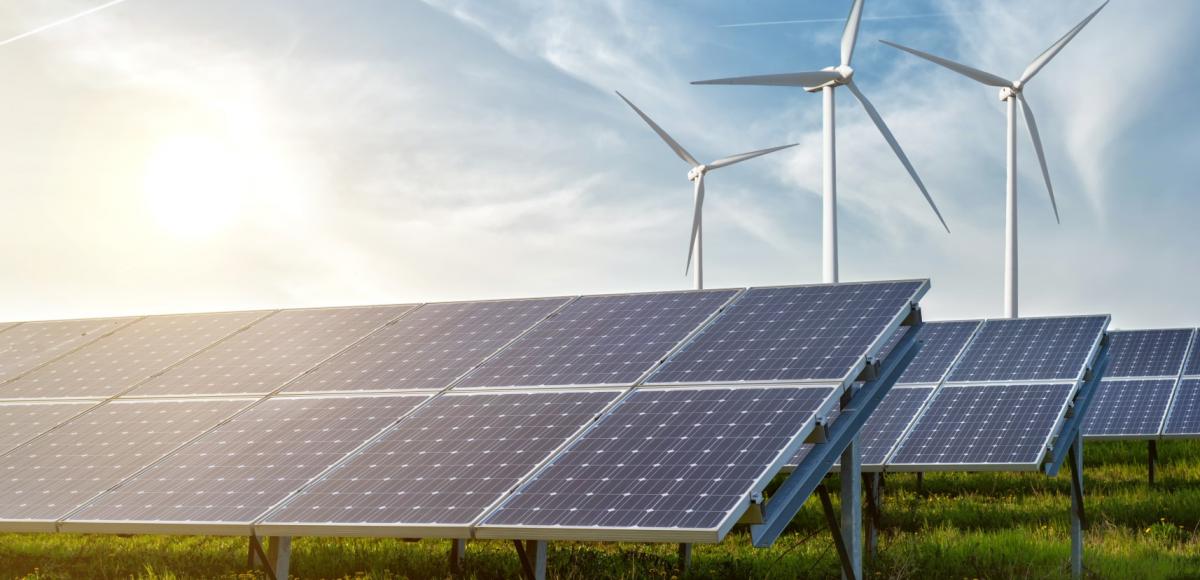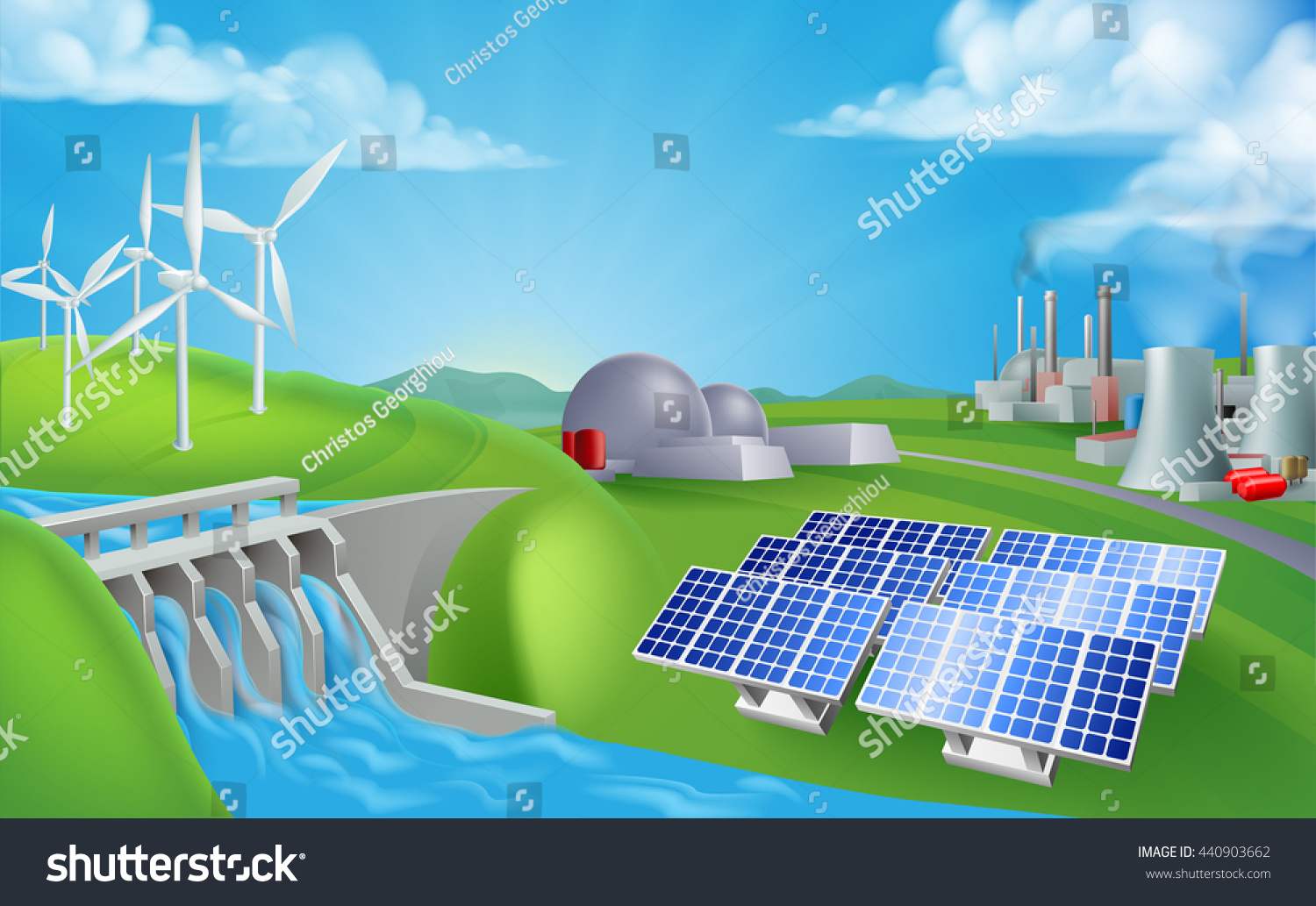Global Forum For Indurstrial Devlopment is SPONSORED BY ICO INDIA
- MP Society Registration (Act. 1973 No. 44) 03/27/01/21857/19 (MSME Forum Established Since-2009)
.jpg)
The word “energy” is used to describe many different things—how we heat and cool our homes, how we fuel cars, and even how we’re feeling on a day. Energy isn’t something that can be seen or felt, but you can see and feel the effects when energy is transferred from one place to another.
Energy is what makes change happen and can be transferred form one object to another. Energy can also be transformed from one form to another.
Power is the rate at which energy is transferred. It is not energy but is often confused with energy. The watt is the most commonly used unit of measure for power. It measures the rate of energy transfer.
The animation above demonstrates the difference between energy and power. Each slide in the animation will transfer energy at different rates for five seconds. If each child represents one unit of energy, which slide has the highest power?

What are energy and power and how do they relate to each other?
What are the standard units of energy and power used by scientists?
What are the traditional units used in industry, and how do they relate to the standard units?
How do the various units apply to applications like lighting, heating and transportation?
TWork, energy and power are the most used terms in Physics. They are probably the first thing you learn in your Physics class. Work and energy can be considered as two sides of the same coin. In this article, we will learn all about the concept of work, power and energy.
Work done is generally referred in relation to the force applied while energy is used in reference to other factors such as heat. Power is defined as work done per unit time.

Power is a physical concept that has several different meanings, depending on the context and the information that is available. We can define power is the rate of doing work. It is the amount of energy consumed per unit time.